SUMMARY
This is AI generated summarization, which may have errors. For context, always refer to the full article.
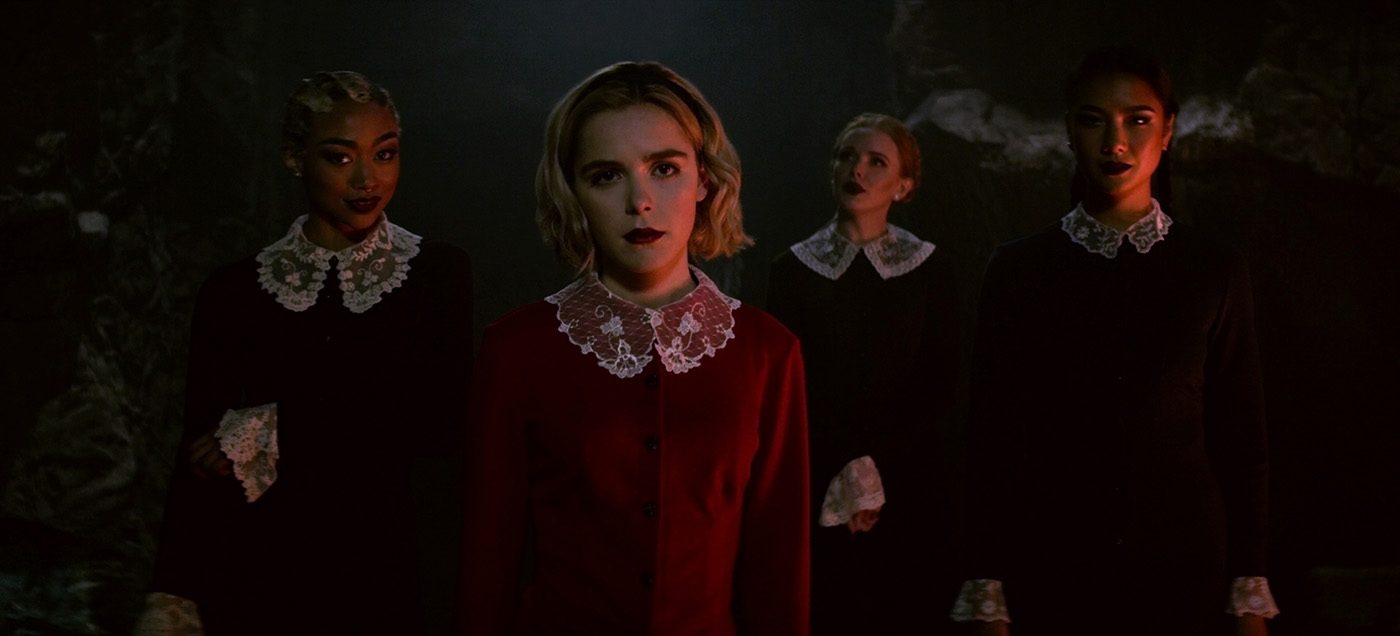
** LIGHT SPOILERS FOLLOW **
It’s always a risky endeavor, taking a character with over fifty years of history and nudging it down a bold new direction. Fans might complain that the new take isn’t faithful to the original, while others will complain that it isn’t new enough.
But with The Chilling Adventures of Sabrina, creator Roberto Aguirre-Sacasa (who also started the Archie Horror comics imprint) does an amazing job of updating the story of half-witch Sabrina Spellman. Despite the macabre new direction, the story still remains rooted in the established lore.
The story begins shortly before the Dark Baptism of Sabrina (Kiernan Shipka), which coincides with her 16th birthday. A Dark Baptism is a proud occasion in every witch family, and her aunts Zelda (Miranda Otto) and Hilda (Lucy Davis) and cousin Ambrose (played wonderfully by Chance Perdomo) are understandably excited. But Sabrina is less enthused. After the baptism, Sabrina will have to cut ties with her mortal life. And that includes transferring from Baxter High in Greendale to the Academy of Unseen Arts. That also means leaving her circle of friends, which includes Roz (Jaz Sinclair), Susie (Lachlan Watson), and her boyfriend Harvey (Ross Lynch).
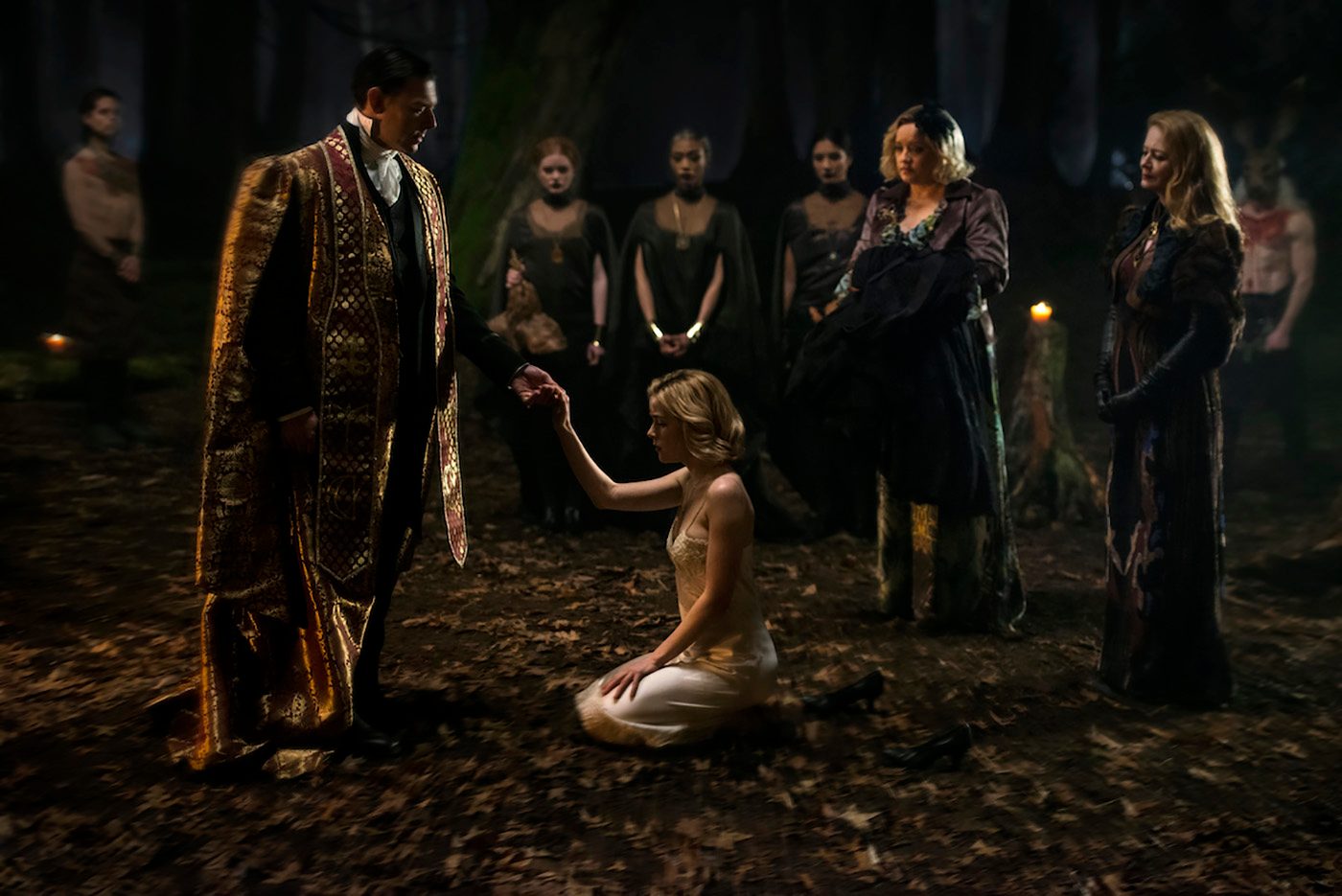
Sabrina also begins to question certain aspects of her Dark Baptism, particularly the idea of having to submit herself to the Dark Lord’s whims. When the High Priest of the coven Father Blackmore (Richard Coyle) explains the ritual, it becomes rife with creepy sexual undertones. To ensure that Sabrina walks down the dark path, a demon possesses Ms. Wardwell, one of Baxter High’s teachers. The demonic Ms. Wardwell is both a caring, motherly figure and occult enabler towards Sabrina.
Sabrina’s questioning forms the moral backbone of her character. At first, she questions things the way any stubborn teenager would. But the more she finds out about her coven, that questioning takes on greater meaning and urgency.
In Sabrina, religion is used as a tool to explore consent and coming of age. Rejecting a belief system isn’t so easy when your loved ones play active roles in that system — if that is even what you want.
Sabrina tries to fight the dark powers that be, and is put on trial for it. As a sort of plea bargain for her insurrection, Sabrina has to enroll in the Academy of Unseen Arts, but is also allowed to attend Baxter High. She agrees to the terms thinking she could take on the Dark Lord from within.
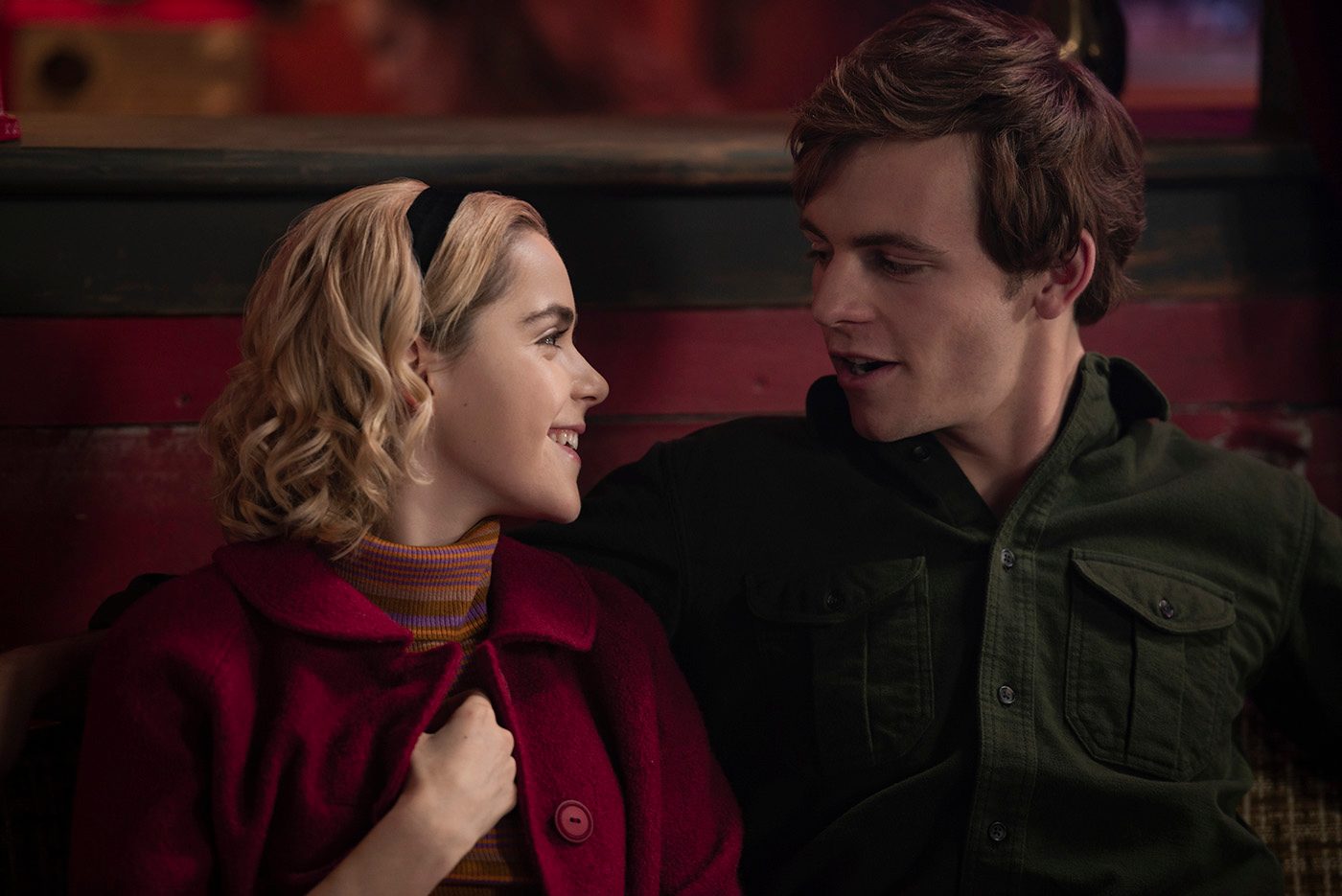
Sabrina has to work extra hard to keep her two lives separate (she has to give Harvey vague, yet implausible, reasons why she won’t be around on her birthday), but the show is at its most entertaining when these two lives — the witch and the mortal — overlap.
Sabrina is a highly competent witch, but she’s still a teenager, and prone to making some major mistakes. When a normal teenager screws up, the results are usually repairable. But when Sabrina screws up, her mistakes have potentially apocalyptic consequences.
Social justice witches
There are some truly horrific moments in Sabrina — some of which reference classic horror movies (Sabrina and her gang are horror movie buffs themselves). There are demons aplenty, and even Satan himself shows up a few times. But by far the most harrowing scenes in Sabrina are the ones that show violence committed against witches, both at the hands of mortals and other witches.
The persecution of witches, of course, can be viewed as metaphors for violence against minorities — particularly women and non-binary people — and witch hunters the purveyors of toxic masculinity.
That doesn’t mean witches take shit sitting down. After Susie is bullied by jocks for her androgynous appearance, Sabrina enlists the assistance of the Weird Sisters. Sabrina and the Sisters lure the boys into a nearby mine, then seduce them. In their moment of lust, the jocks open their eyes, and realize they had been making out with each other all along.
The show does an excellent job of representing witchcraft and the occult. In Sabrina, there is no white or black magic per se; magic is only colored by the person’s motives.
Me and the devil blues
While Sabrina is a coming of age story, it’s a coming of age story not just for the titular character, but for her coven as well. The Church of Night, a congregation of Satan-worshippers, used to be headed by Sabrina’s father Edward Spellman, a reformist. But after Edward’s death, Father Blackwood took on the role of High Priest. Father Blackwood is a traditionalist, and repeatedly asserts the importance of adhering to the old ways.
The witches and warlocks in the church regard themselves as iconoclasts and inheritors of their Dark Lord’s power. But look deeper and you’ll find that the Satanism in Sabrina adheres to the same dogma and patriarchal structure (even if most of the members of the church appear to be women) that beset mainstream religions.
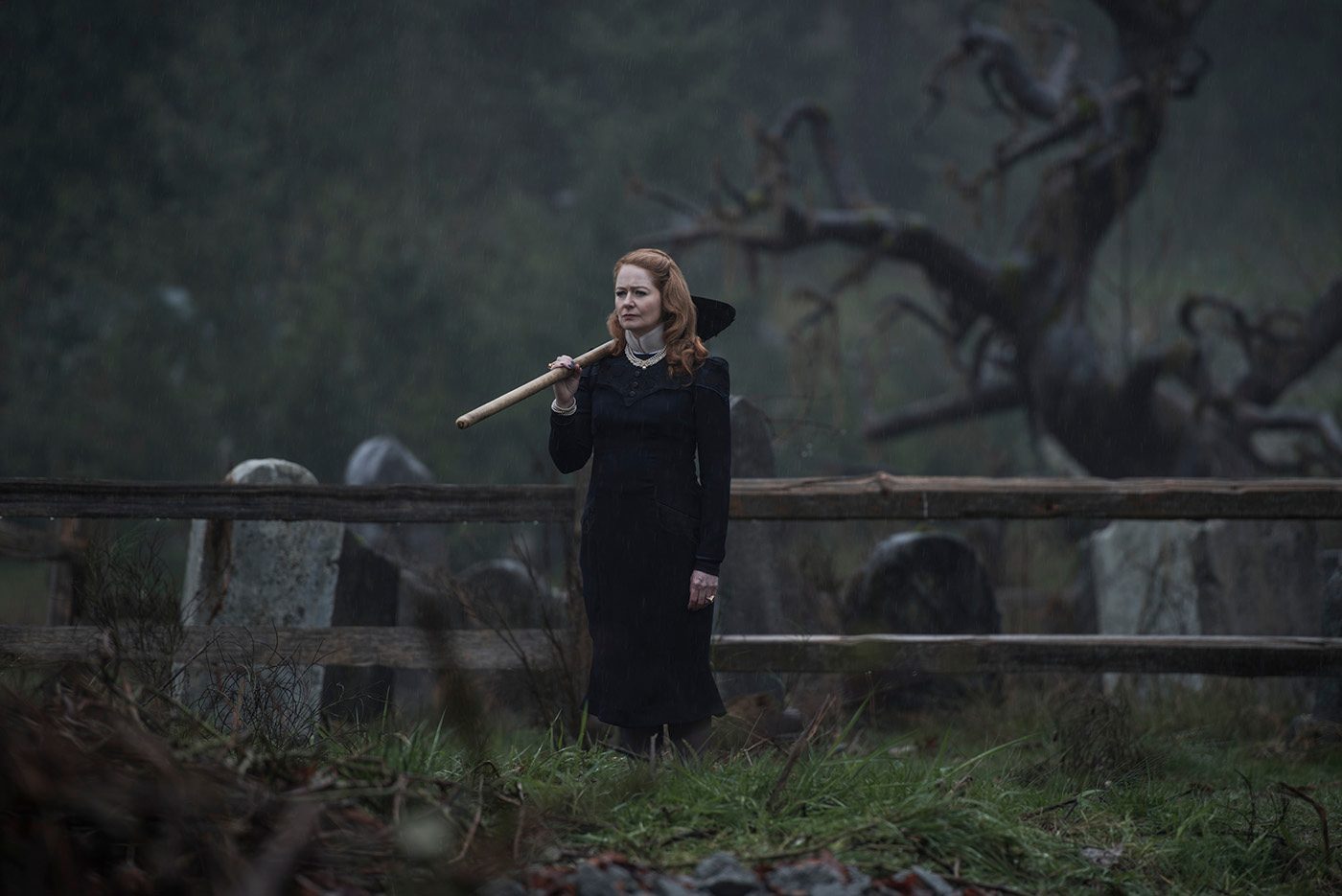
The Satanism portrayed here looks just like a reskinned version of Catholicism — that is, if you took all the precepts and rituals of Catholicism and cranked the volume way up to eleven. For example, authorities in the Church of Night talk about surrendering oneself to the Dark Lord’s will. The witches and warlocks refer to the Catholic God as “The False God.” And during the Feast of Feasts, the Church of Night’s version of Thanksgiving, the faithful take the concept of transubstantiation to its literal, gory end.
Since Sabrina is half-witch, and has one foot firmly planted in the mortal realm, she’s in a position to question these rituals and beliefs. In addition to showing Sabrina’s inner conflict, the series also shows the shifting dynamics within the coven. It remains to be seen if Sabrina’s growth as a witch will bring about greater change — a Satanic reformation, if you will.
Embracing duality
Sabrina’s struggle to find balance between her two lives is gripping because she goes through it with pure intentions. She wants to maintain ties to her mortal life, not out of selfishness, but out of a true love for her friends.
None of this would have been possible without a stellar cast of characters. With horror stories, there’s always the risk of characters getting turned into collateral damage. And while Sabrina does have a few satisfyingly gory scenes, the show goes to great lengths to treat its characters with dignity.
In the end, Sabrina embraces her dual nature. Students of the academy use the term “half-witch” as an insult, but for Sabrina, that term is the foundation on which she builds her own identity. – Rappler.com
The Chilling Adventures of Sabrina premieres worldwide on October 26, only on Netflix
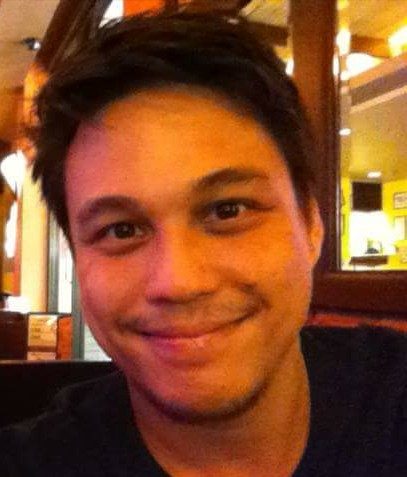
Iñigo de Paula is a writer who lives and works in Quezon City. When he isn’t talking about himself in the third person, he writes about pop culture and its peripheries.
Add a comment
How does this make you feel?
There are no comments yet. Add your comment to start the conversation.